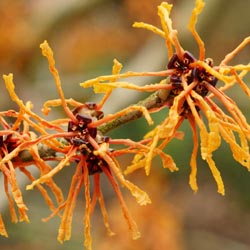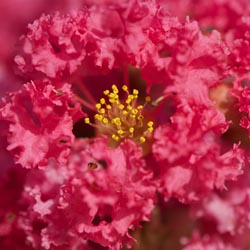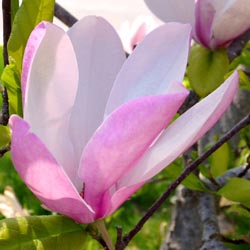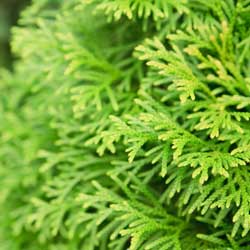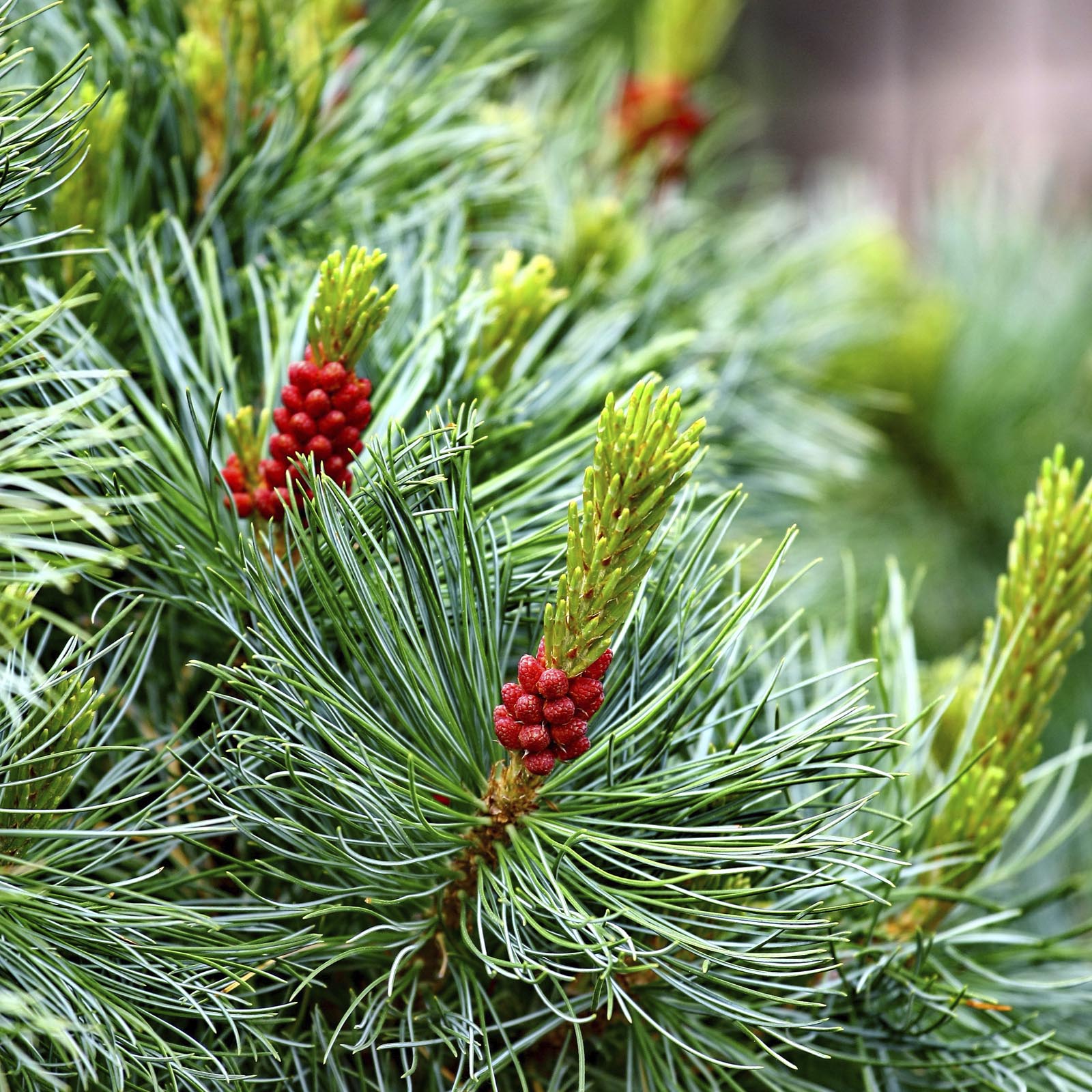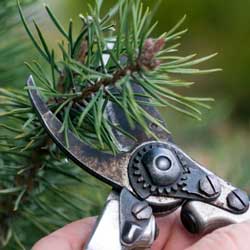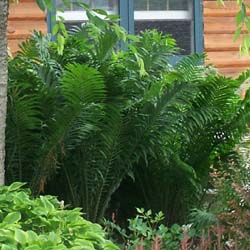The durability of some plants is absolutely amazing. A number of them are so robust that they may even be tread on! These are the plants to choose when filling in the space between pavers, walkways, patios and steps. Placing plants in the gaps of your hardscape will soften its appearance and will keep weeds from taking over that space, as well as prevent erosion that will loosen stones. These ground covers will creep and crawl around the stone bringing the garden to your feet and closer for you to enjoy.
There are resilient, low-growing, easy maintenance plants for just about any situation. Many even have showy flowers. But which is right for your yard? Before planting, scope out your site. Take into consideration the amount of sun or shade the plant will receive, the amount of foot traffic the area gets and the size of the space that the plant needs to fill. Still not sure which groundcover will work best? Stop in and speak with a member of our knowledgeable staff. We can help make your selection easier.
Groundcovers for Moderate to Heavy Foot Traffic
Areas that receive moderate to heavy foot traffic – backyard patios, front walkways, terrace steps, etc. – can be the most difficult to fill in. Depending on the light the site receives, some of the most popular groundcover options include…
Full Sun
- Alpine Cinquefoil (Potentilla) – 12” spread, yellow flowers, green foliage
- Carpet Speedwell (Veronica) – 3” spread, light blue flowers
- Creeping Sunshine Speedwell (Veronica) – 12” spread, gold foliage
- Creeping Thyme Doone Valley (Thymus) – 23” spread, variegated gold foliage
- Creeping Thyme Purple Carpet (Thymus) – 18” spread, mauve flowers
- Creeping Thyme Elfin (Thymus) – 8” spread, light pink flowers
- Creeping Thyme Coccineus (Thymus) – 18” spread, red flowers
- Creeping Thyme Pink Chintz (Thymus) – 23” spread, deep pink flowers
- Creeping Thyme Ruby Glow (Thymus) – 18” spread, purple-red flowers
- Golden Stonecrop (Sedum) – 23” spread, yellow flowers and foliage
- Hartington Silver Thyme (Thymus) – 12” spread, light pink flowers
- Mediterranean Creeping Thyme (Thymus) – 18” spread, deep pink flowers
- Nutmeg Thyme (Thymus) – 18” spread, scented foliage
- Orange-scented Thyme (Thymus) – 12” spread, scented foliage
- Pink Pussy-toes (Antennaria) – 12” spread, deep pink flowers
- Pussy-toes (Antennaria) – 12” spread, white flowers
- White Moss Thyme (Thymus) – 18” spread, white flowers
- Whitley’s Speedwell (Veronica) – 23” spread, deep blue flowers
- Woolly Thyme (Thymus) – 23” spread, grey-green foliage
Sun to Part Sun
- Blue Star Creeper (Isotom) – 12” spread, light blue flowers
- Black Brass Buttons (Leptinella) – 12” spread, purple-black foliage
- Black-Leaved Clover (Trifolium) – 18” spread, green and purple foliage
- Celestial Spice Pratia (Pratia) – 8” spread, deep blue flowers
- County Park Pratia (Pratia) – 12” spread, deep blue flowers
- Creeping Mazus (Mazus) – 18” spread, mauve flowers
- Creeping Wire Vine (Muehlenbeckia) – 29” spread, wiry stems
- Cushion Bolax (Azorella) – 8” spread, yellow flowers
- Green Brass Buttons (Leptinella squalida) – 12” spread, yellow flowers
- Irish Moss (Sagina subulata) – 12” spread, small white flowers
- White Creeping Mazus (Mazus) – 18” spread, white flowers
- Miniature Brass Buttons (Leptinella) – 16” spread, white flowers
- Rupturewort (Herniaria) – 12” spread, tiny leaves
- Scotch Moss Golden (Sagina) – 12” spread, golden foliage
- Turkey Tangle Fogfruit (Phyla) – 23” spread, gray-green foliage
- White Creeping Pratia (Pratia) – 12” spread, white flowers
Shade
- Corsican Mint (Mentha) – 12” spread, mauve flowers
- Miniature Creeping Jenny (Lysimachia) – 18” spread, yellow flowers
- Miniature Wintercreeper (Euonymus) – 18” spread, leathery foliage



